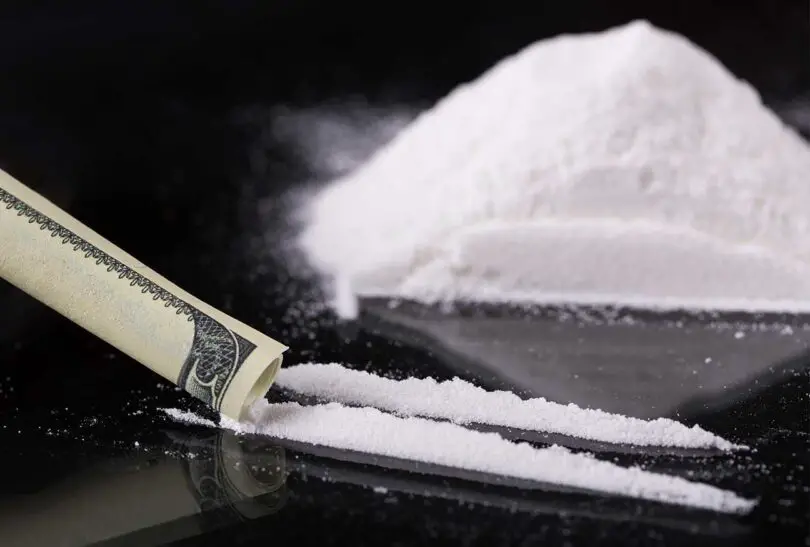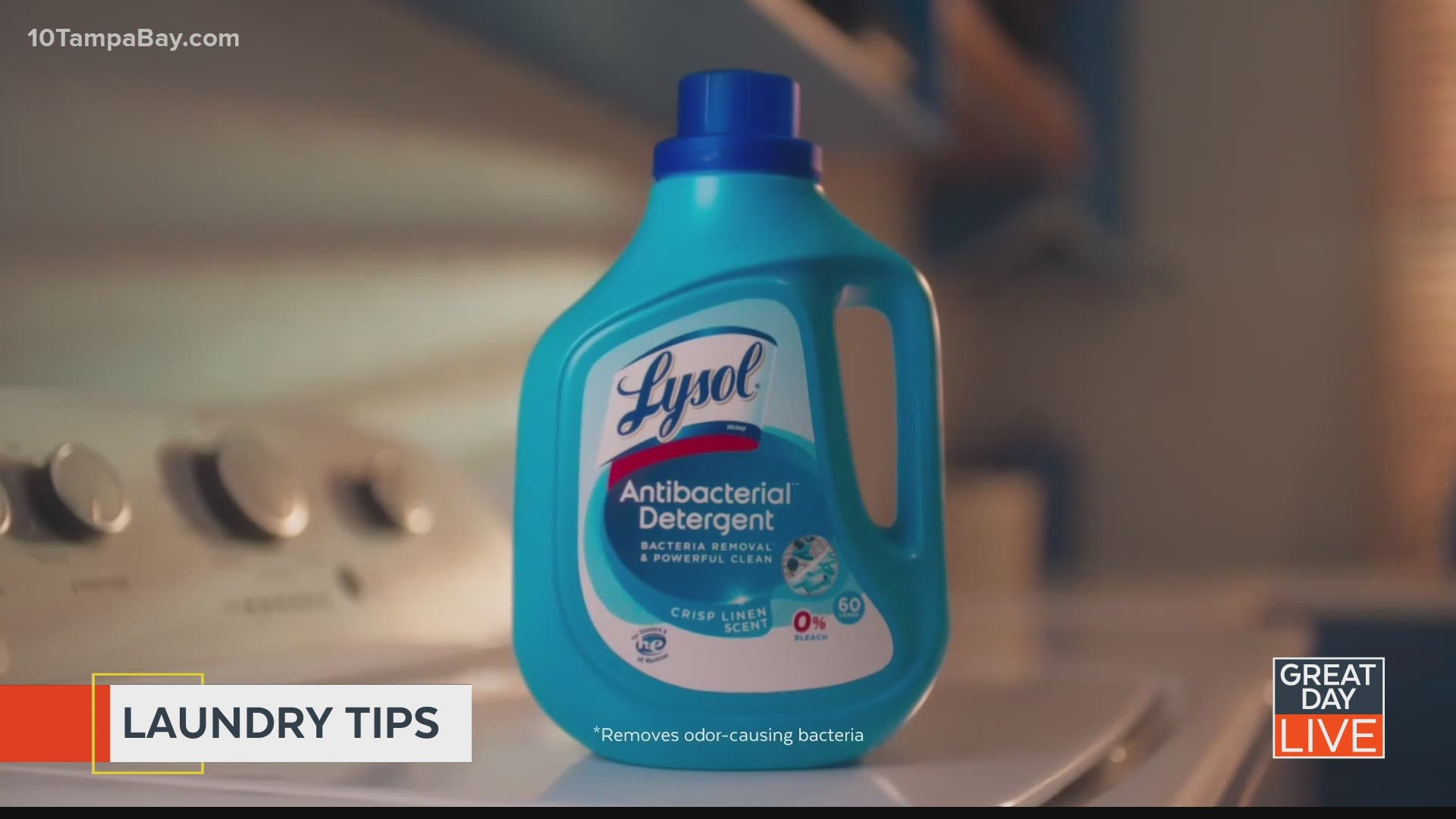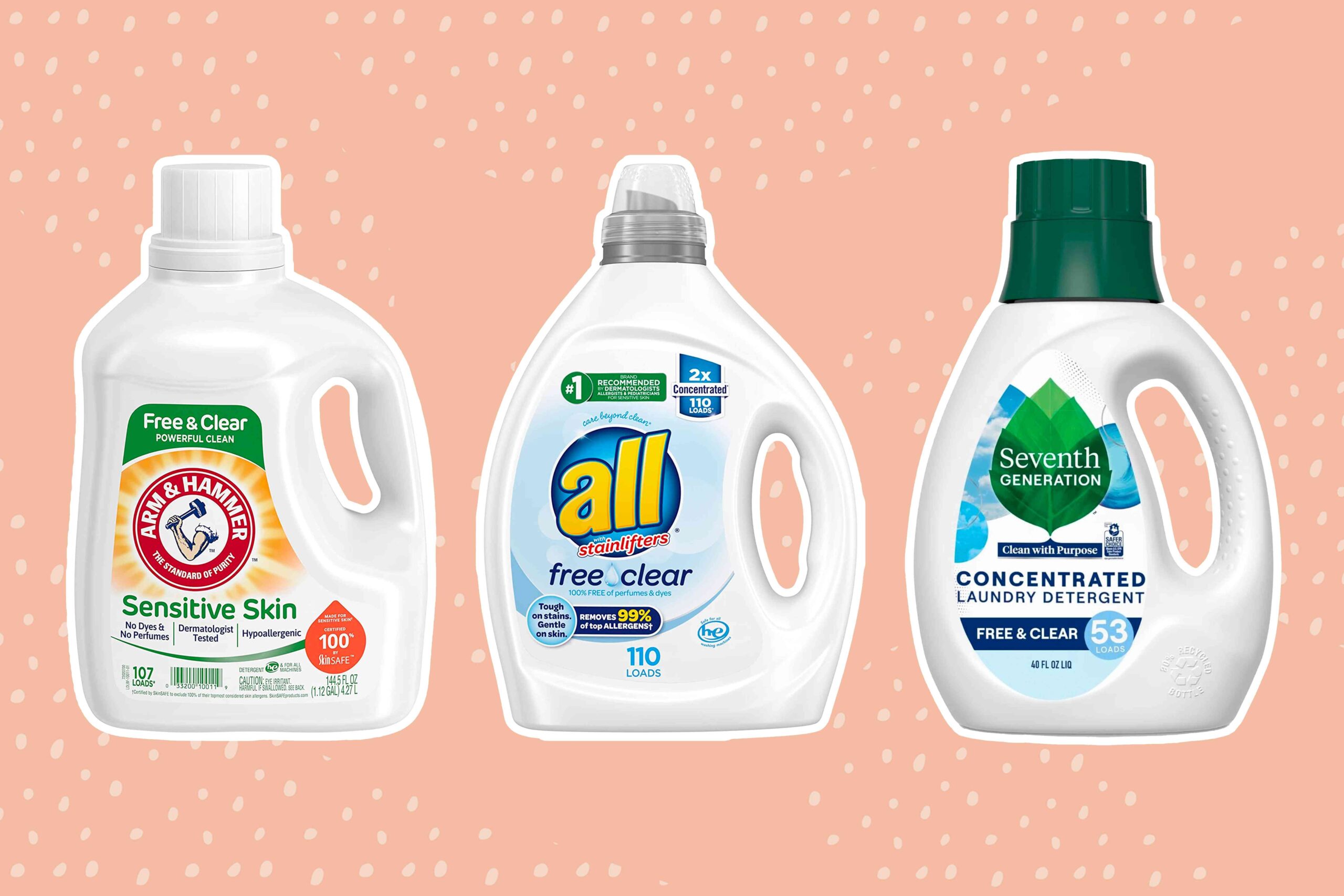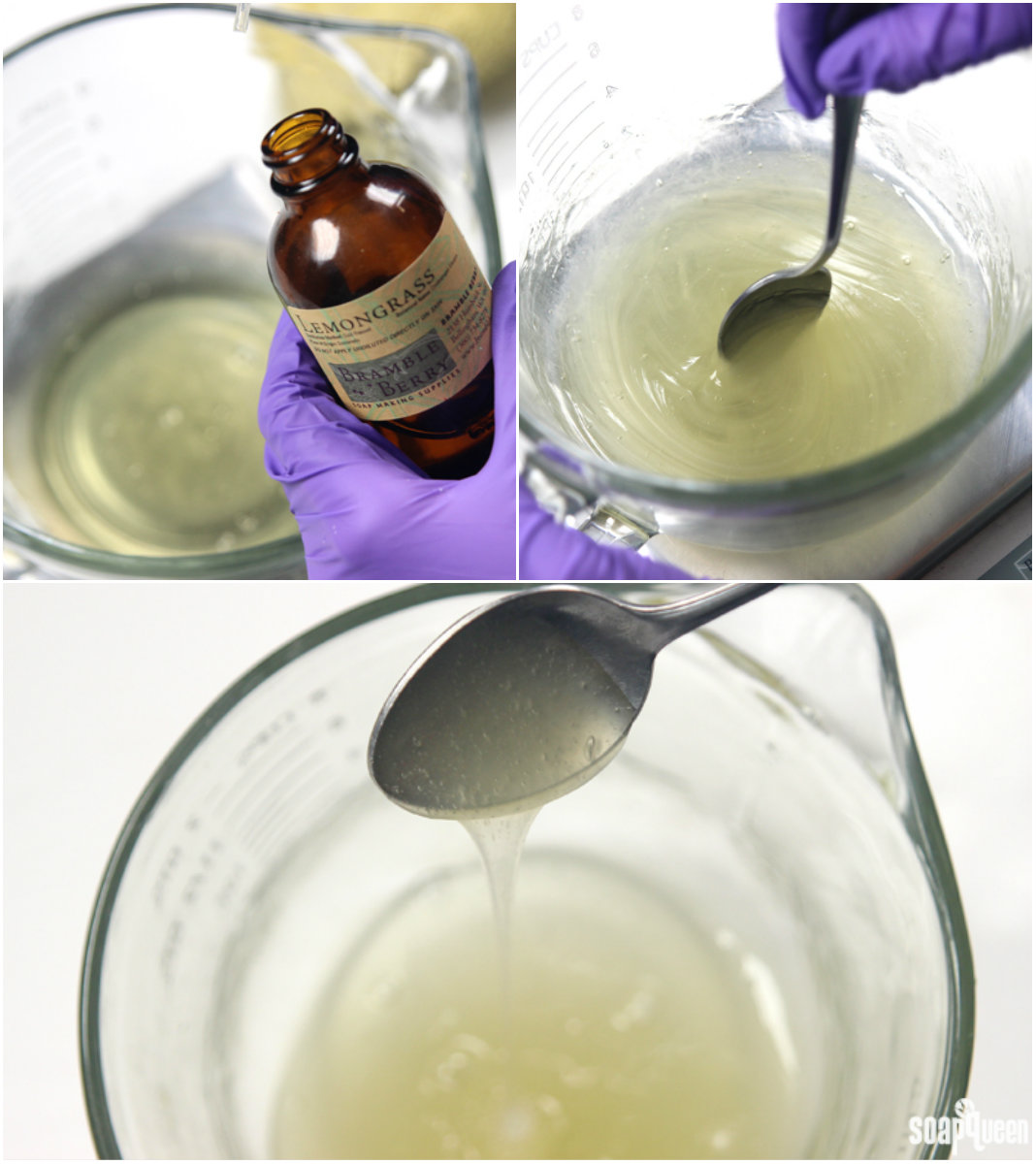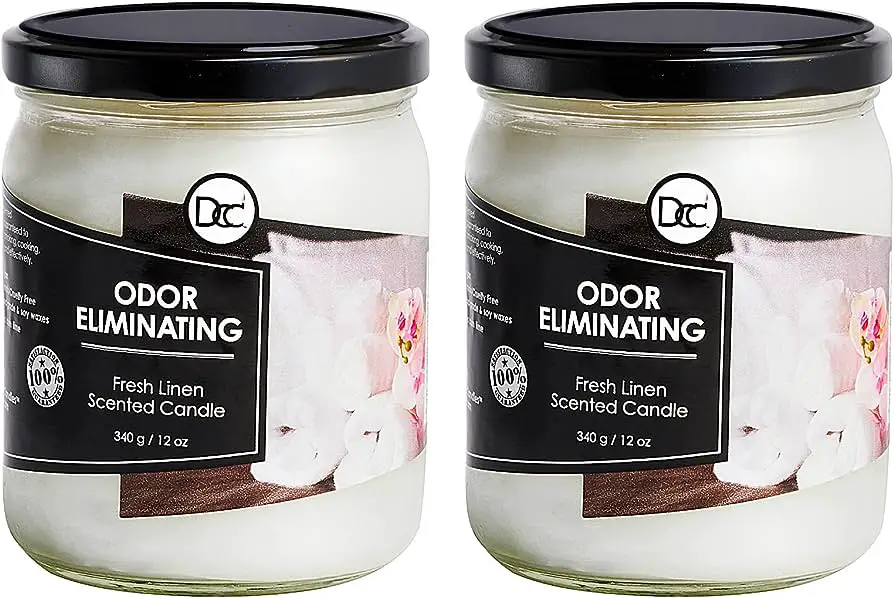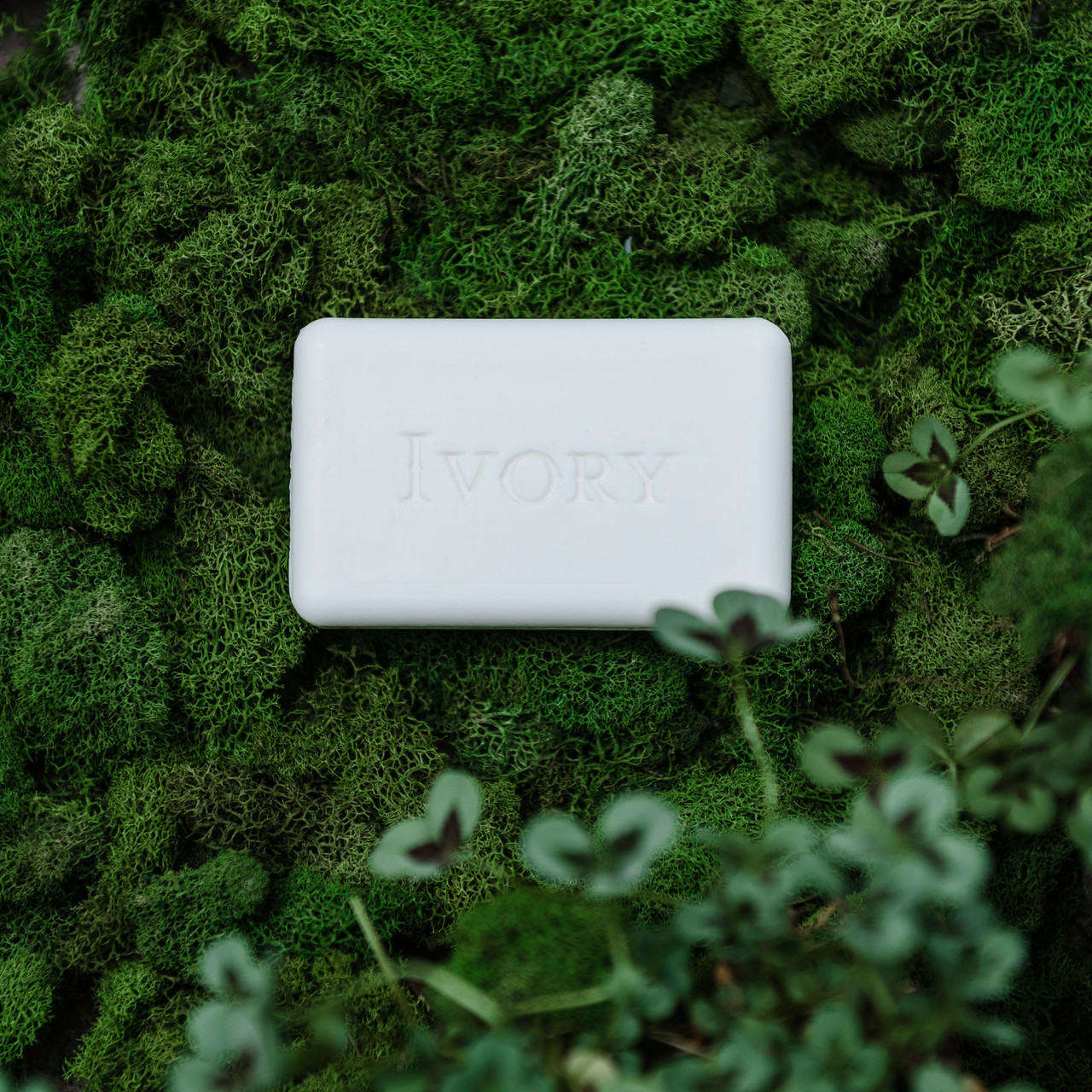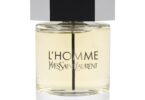Lye, also known as sodium hydroxide, is a chemical compound that plays a crucial role in various applications, from soap and detergent production to food processing and cleaning agents. Understanding what lye smells like is essential, as it can help ensure safety when working with this potent substance. In this article, we’ll explore the unique olfactory characteristics of lye, its potential dangers, and how to mitigate them.
The Scent of Lye
Lye itself does not possess a distinctive, pleasant aroma. In its pure form, sodium hydroxide is odourless. However, when lye comes into contact with organic matter or is involved in chemical reactions, it can produce distinct odours. The smell can be described as a combination of chemical and acrid notes, often resembling a strong, pungent odour.
When lye is used in soap making, for instance, it goes through a saponification process, where it reacts with fats and oils. This reaction results in the formation of soap and glycerin, accompanied by a noticeable change in odour. The initial pungency of lye is typically masked by the more pleasant fragrances of the soap ingredients.
Dangers Associated with Lye
Lye is highly caustic and poses significant health and safety risks when handled improperly. It can cause severe chemical burns if it comes into contact with the skin or eyes, and inhaling its fumes is also hazardous. Due to its reactivity with water, it’s crucial to handle lye with care.
Given that lye itself does not have a strong or characteristic smell, relying on odor to detect its presence is not a reliable safety measure. Instead, it is essential to use proper safety equipment, including gloves, goggles, and adequate ventilation, when working with lye. Additionally, lye should always be stored in a secure, well-ventilated area away from incompatible materials.
Mitigating the Risks
When working with lye, it’s imperative to prioritize safety. Here are some key precautions to take:
-
Protective Gear: Always wear appropriate personal protective equipment, such as gloves, safety goggles, and a lab coat, to shield your skin and eyes from potential contact with lye.
-
Adequate Ventilation: Work in a well-ventilated area or use a fume hood to minimize exposure to lye fumes.
-
Measured Dilution: If you need to dilute lye, do so carefully and according to the recommended guidelines. Add lye to water, not the other way around, to prevent a dangerous exothermic reaction.
-
Eye Wash Station: Have an eyewash station nearby in case of accidental eye contact, and know how to use it.
-
First Aid: Familiarize yourself with the appropriate first-aid measures for lye exposure, and seek immediate medical attention if necessary.
Conclusion
Lye is a chemical compound that can be found in various household products and industrial processes. While it doesn’t have a distinctive smell in its pure form, it is essential to handle it with caution due to its caustic properties. Instead of relying on the scent, prioritize safety by wearing protective gear, working in a well-ventilated area, and following proper dilution and handling procedures. By understanding the characteristics of lye and taking appropriate precautions, you can safely utilize this chemical in a variety.

